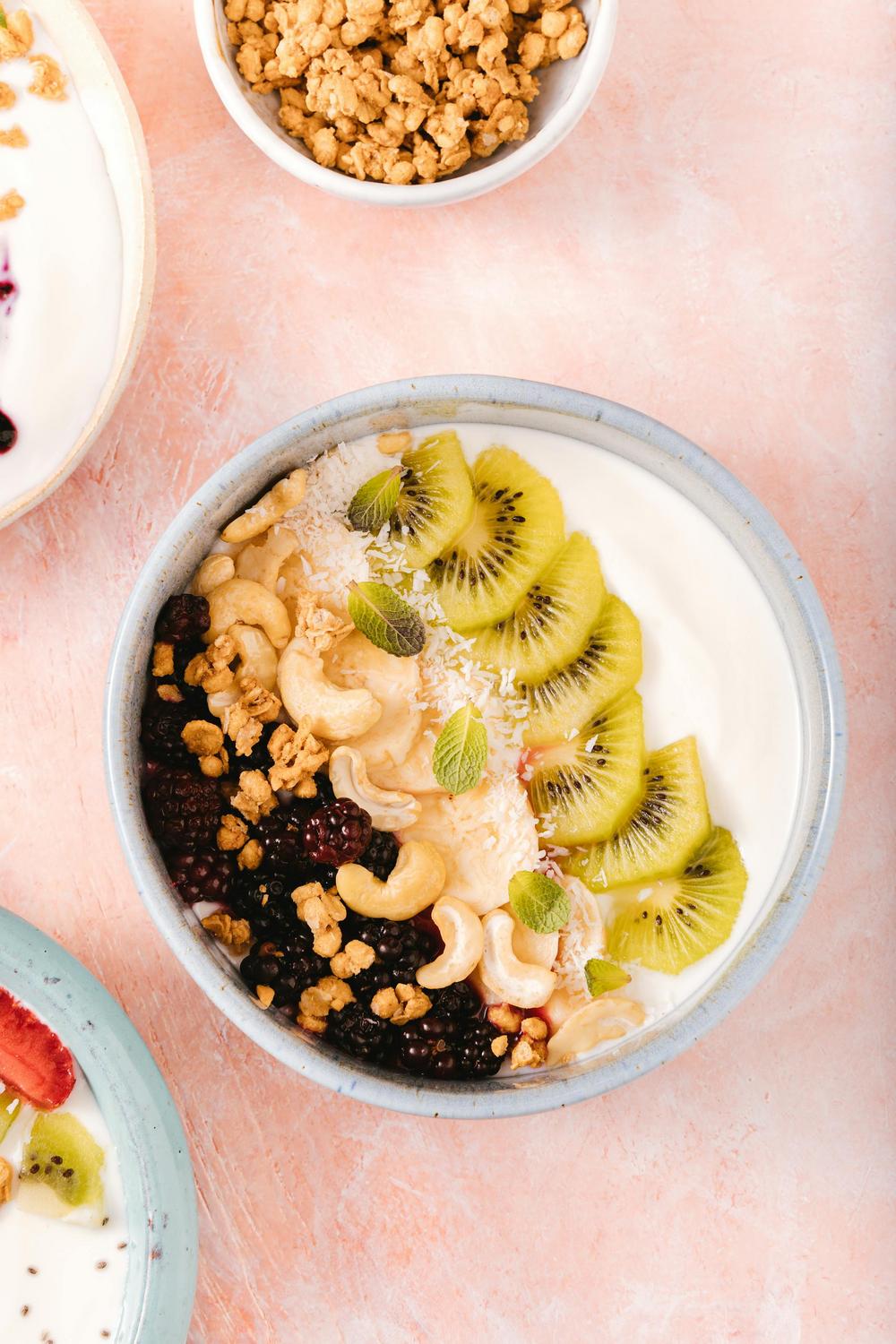Weight loss entails more than adhering to dietary restrictions and exercise regimens. Your home environment—the place where you spend most of your time—plays a crucial role in your weight management journey. Research demonstrates that individuals who deliberately modify their living spaces to reduce obesogenic triggers achieve 2 more days of diet adherence per month compared to those focusing solely on food choices or behavioral changes. Creating a supportive home environment establishes the foundation for sustainable weight loss by reducing decision fatigue and reinforcing positive habits.
How Does Your Home Environment Impact Weight Loss?
The psychology behind weight management extends beyond willpower. Your surroundings directly influence your decision-making processes through what scientists call cognitive load theory. Constant exposure to high-calorie snacks or sedentary entertainment options depletes your mental reserves, increasing vulnerability to impulsive eating patterns.
Environmental modifications work by leveraging “choice architecture“—a concept that involves strategically arranging your surroundings to promote healthier decisions. Simple changes like placing fruits in visible bowls or keeping exercise equipment readily accessible reduce decision fatigue by automating healthy behaviors.
The evidence supporting environmental interventions is compelling. A recent Mayo Clinic study found that participants using smaller plates (9-10 inches) consumed 22% fewer calories without experiencing increased hunger. This demonstrates how environmental cues can effectively override habitual overeating patterns, making weight management less mentally taxing.
What Kitchen Changes Support Weight Loss Goals?
The kitchen serves as the epicenter of your nutritional environment. Strategic modifications to this space can substantially impact your eating habits:
Spatial Reorganization
Store ultra-processed foods in opaque containers on high shelves, which research shows reduces visual triggers by 37%. Conversely, dedicate approximately 70% of prime cabinet and counter space to whole foods like nuts, legumes, and whole grains to increase their consumption.
Consider installing under-cabinet lighting for vegetable preparation areas. Studies indicate this simple modification can increase produce consumption by 2.3 servings per day by making healthy food preparation more appealing and convenient.
Strategic Meal Preparation Infrastructure
Creating a “meal prep triangle” between your refrigerator, sink, and cooking surfaces minimizes movement during food preparation. Households with optimized kitchen workflows report 42% higher weekly meal completion rates, reducing reliance on impulsive takeaway options.
Establish a dedicated batch-cooking station with stackable glass containers. This infrastructure supports planned meal preparation, which has been shown to reduce dependence on takeout by 31%.
Psychological Tableware Strategies
The color and size of your dinnerware significantly influence portion control. Using blue-toned tableware (associated with freshness in cognitive research) can decrease calorie intake by 19%. Additionally, consider installing mirrored backsplashes; self-monitoring during cooking has been shown to reduce added fats by 14g per meal.
How Can You Set Up Spaces for Physical Activity at Home?
The World Health Organization recommends 150-300 minutes weekly of moderate exercise for weight maintenance. Creating dedicated physical activity spaces within your home significantly improves adherence to these guidelines.
Analysis of 788 households found that dedicated workout zones averaging 6.4m² increase exercise adherence by 63%. Even modest spaces can be optimized for movement when strategically arranged.
Home Exercise Equipment Comparison
| Equipment Type | Caloric Burn Rate | Space Required | Optimal Users |
|---|---|---|---|
| Rowing Machine | 500-700 kcal/hr | 2.1m x 0.9m | Full-body engagement seekers |
| Adjustable Dumbbells | 200-400 kcal/hr | 0.6m² | HIIT enthusiasts |
| Vertical Climber | 600-800 kcal/hr | 1.2m x 0.8m | Time-constrained professionals |
| Vibration Platform | 150-300 kcal/hr | 0.5m² | Mobility-limited individuals |
Environmental Exercise Enhancers
Your workout environment directly impacts exercise quality and consistency. Install 5000K cool-white LEDs in workout areas, which studies show can boost endurance by 17% through beneficial cortisol modulation. Consider basic soundproofing measures, which reduce perceived exertion by 22%, making workouts feel less demanding.
What Behavioral Strategies Work in Your Home Environment?
Beyond physical modifications, implementing behavioral architecture strategies throughout your home reinforces weight management:
Habit-Forming Systems
Place resistance bands on bedroom doorknobs with posted prompts like “Complete 10 rows before exiting.” This “if-then” planning technique increases incidental exercise by 48% by linking everyday activities with movement opportunities.
Wall-mounted progress charts in high-traffic areas improve goal adherence by 39%. Incorporate both metrics (weight lost) and behavioral markers (vegetable servings consumed) to provide comprehensive feedback on your progress.
Delay Mechanisms
Consider installing a timed lock for snack cabinets. The research shows that even a 7-minute delay disrupts impulsive eating while preserving your autonomy to make conscious food choices. This small barrier provides sufficient time for the prefrontal cortex to override impulsive urges.
How Do Social Dynamics Affect Your Weight Loss Environment?
Weight management doesn’t occur in isolation. The social ecology of your home substantially influences outcomes:
Household Support Systems
Involving cohabitants in environmental redesign decreases relapse risk by 54%. Effective strategies include collaborative meal planning sessions, establishing designated “active zones” for family exercise challenges, and creating shared accountability structures.
Gender-specific responses to environmental interventions merit consideration. Research indicates women experience 18% greater weight loss maintenance when households incorporate portion-control tools and partner support systems, while men benefit more from standalone exercise equipment.
Community Resource Integration
Proximity to supportive resources influences long-term success. Studies show that residing within 800m of a grocery store predicts 12.3% greater weight loss maintenance. Consider mapping nearby health-supportive locations and integrating them into your routine.
Creating a Sustainable Weight Management Ecosystem
Transforming your home into a weight-management ecosystem requires multilayered interventions addressing spatial design, behavioral economics, and social dynamics. Evidence demonstrates that comprehensive environmental modifications yield 3.2 times greater 12-month weight retention compared to conventional diet and exercise approaches alone.
Rather than relying solely on willpower, systematic environmental adjustments create a foundation where healthy choices become the path of least resistance. By incorporating these evidence-based strategies, you establish a home environment that continuously reinforces your weight management goals, making sustainable progress significantly more achievable.



